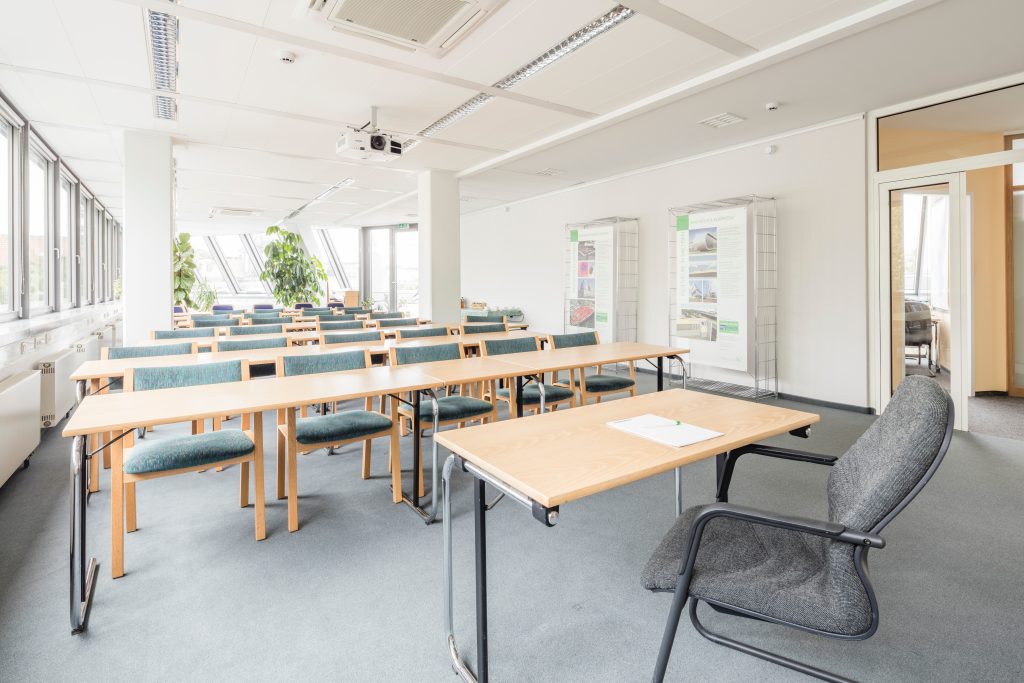
A high-school diploma should be a default signal that the holder is prepared to embark on her or his college journey. In an ideal world, a country that spends a third more than its peers per capita on elementary and secondary education will have college-freshmen cohorts that are uniformly prepared to learn at the post-secondary level. For reasons too varied and diverse to rehash here, such is not the case in America today. Instead, developmental education—remedial instruction for new college students for the purpose of bringing their skills up to the basic level of college pedagogy—is a fact of life in huge parts of the American collegiate landscape. This is especially the case in community colleges, where two-thirds of entering students are simply not prepared to undertake regular post-secondary work.
Yet, as Jackie Vietti, the former president of Butler Community College and Emporia State University (whom I have had the privilege of working under), used to remind her staff often, “We work with the students we have, not the students we wish we had.”
Wishing away facts about student preparedness makes very little sense. Wishing away facts about student preparedness, as California’s politicians have mostly done, makes very little sense. Mandating that most developmental education at community colleges disappear turns the idea of inclusion on its head. Such a policy hurts those whom it purports to help. Unprepared students do not suddenly become more prepared for college work simply because remediation support disappears. Rather, that lack of preparation hurts their progress while adding significant challenges to the learning processes of other students. The analogous idea in K-12 education is social promotion, and its effects have been anything but salutary for students and society at large.
That’s not to say that the frustrations with traditional developmental education are entirely unfounded. For too many students, especially those who are severely underprepared, navigating enrollment in multiple levels of classes before finally being able to earn credit that counts toward a degree becomes a steeplechase that wears down learners and draws down family bank accounts. Thus, the desire to do something is understandable.
But there is a better way to do that “something” than resorting to the one-size-fits-all solution that too many politicians find attractive as a tool of public policy. Common sense and humility would dictate a closer adherence to the sentiments of a former president, who, on a different issue in a different time, advised us to “mend it, don’t end it.”
Notwithstanding the blunt-hammer approach of California legislators, policy-makers with a more thoughtful mien may want to explore several promising recent alternatives to the typical model of developmental education. These alternatives take a more nuanced, incremental, and guarded look at the issue and take into account certain realities on the ground. Three of them are discussed herein.
To begin with, using several options for placement, or mixing and matching those options instead of relying solely on standardized commercial placement tests, is an alternative that tackles the concerns about student over-placement in remedial education. The phrase “multiple measures” is often used in higher-education settings to describe this approach to placing incoming freshmen. In a multiple-measures intake scenario, academic advisors evaluate high-school GPA and grades, standardized placement-test scores, and internally developed assessments to place incoming students into the appropriate classes. They do so instead of relying solely on a single test. This kind of approach allows for a more individualized assessment, especially for those students whose otherwise good record of college preparedness may have been waylaid by occurrences of test anxiety.
An otherwise good record of college preparedness may sometimes be waylaid by test anxiety. Second, co-requisite remediation gets underprepared students into credit-bearing classes with their better-prepared peers while providing additional needed support as a supplement. In this kind of approach, a student needing help to become proficient at college-level writing enrolls in a typical Composition I class but takes additional non-degree-credit hours, as well. Both lines of instruction advance in parallel, so that the successful completion of the entire composite course is possible in a single term. Under the traditional remediation model, the process would require two consecutive terms.
Third, breaking up the developmental mathematics sequence into “bite-sized” pieces of material and instruction—a strategy known as modularized developmental education—is another approach to partially solving the dilemma. While there are several permutations of this model, they all revolve around the idea that the five- or six-credit-hour courses typically required in math remediation can be better tackled as a series of one-hour modules stacked sequentially into shorter timeframes. With a narrower content focus in each module and a shorter duration, larger numbers of students can get a better grasp on foundational mathematics and move into degree-credit-bearing courses.
The promising initial findings from these alternative approaches to developmental education should not be construed as absolute proof that they can solve the conundrum. While innovations should be welcome in America’s public higher-education spaces, structural implications for overall enrollment, long-term student success, and knowledge-retention should also be analyzed before the adoption of such innovations across entire state-college systems.
Developmental education in community colleges, as it stands today, is hardly something to celebrate. Yet it exists in its current form to address the disturbing fact that far too many incoming freshmen, for far too long, have been not just underprepared but unprepared to take on degree-level college classes. This is a serious problem. Public policy to address it requires serious thought, measured innovations, and judicious decision-making across the pipeline from elementary school to college.
A legislative bludgeon that rests on wishing the problem away is not a serious solution.
Dr. Esam Sohail Mohammad is the associate vice president of institutional research and effectiveness at Butler Community College, in El Dorado, Kansas. He is the immediate past chairman of the Kansas Council of Institutional Researchers of Two-Year Organizations (CIRTO). The views expressed here are the author’s own and do not reflect those of any organization with which he is affiliated.
